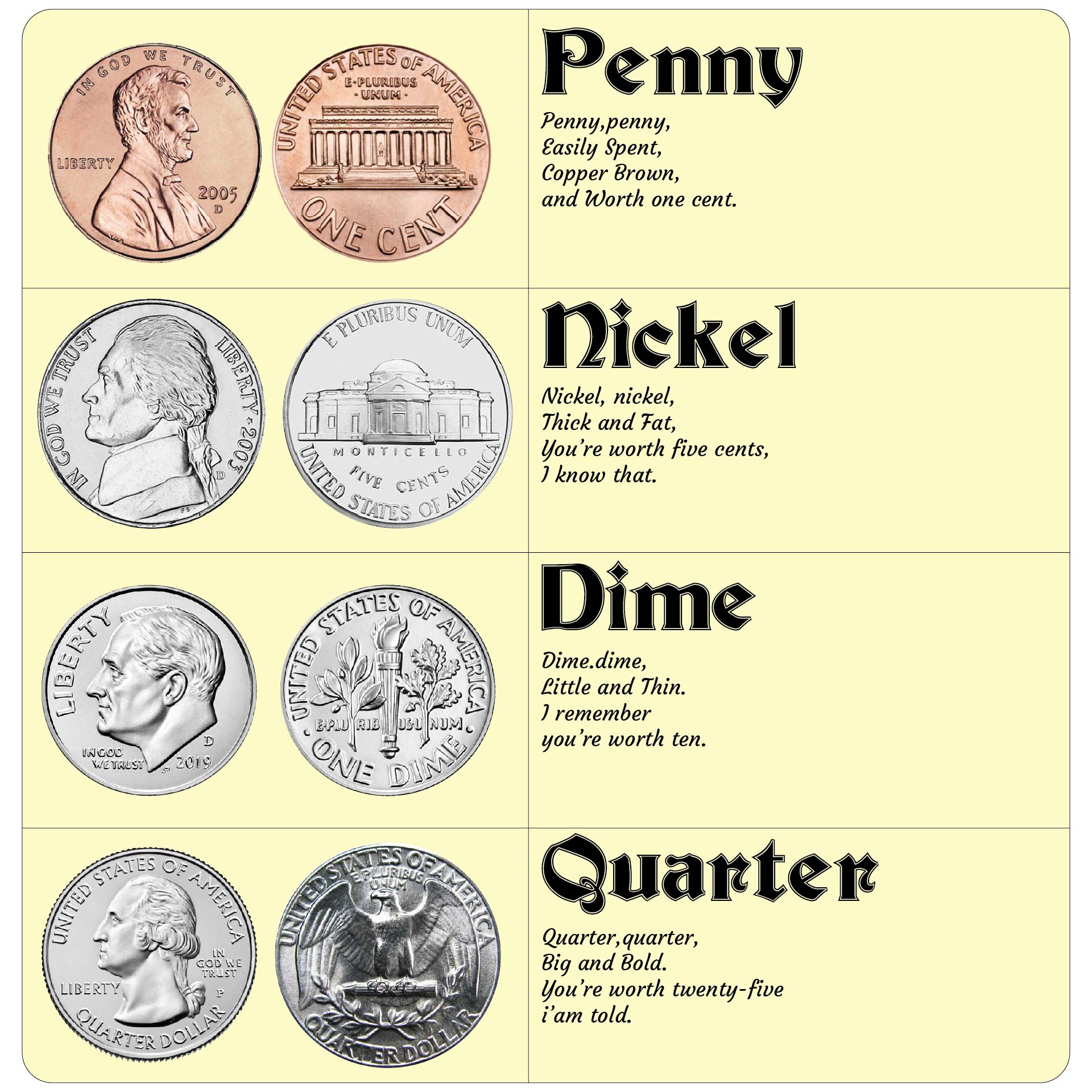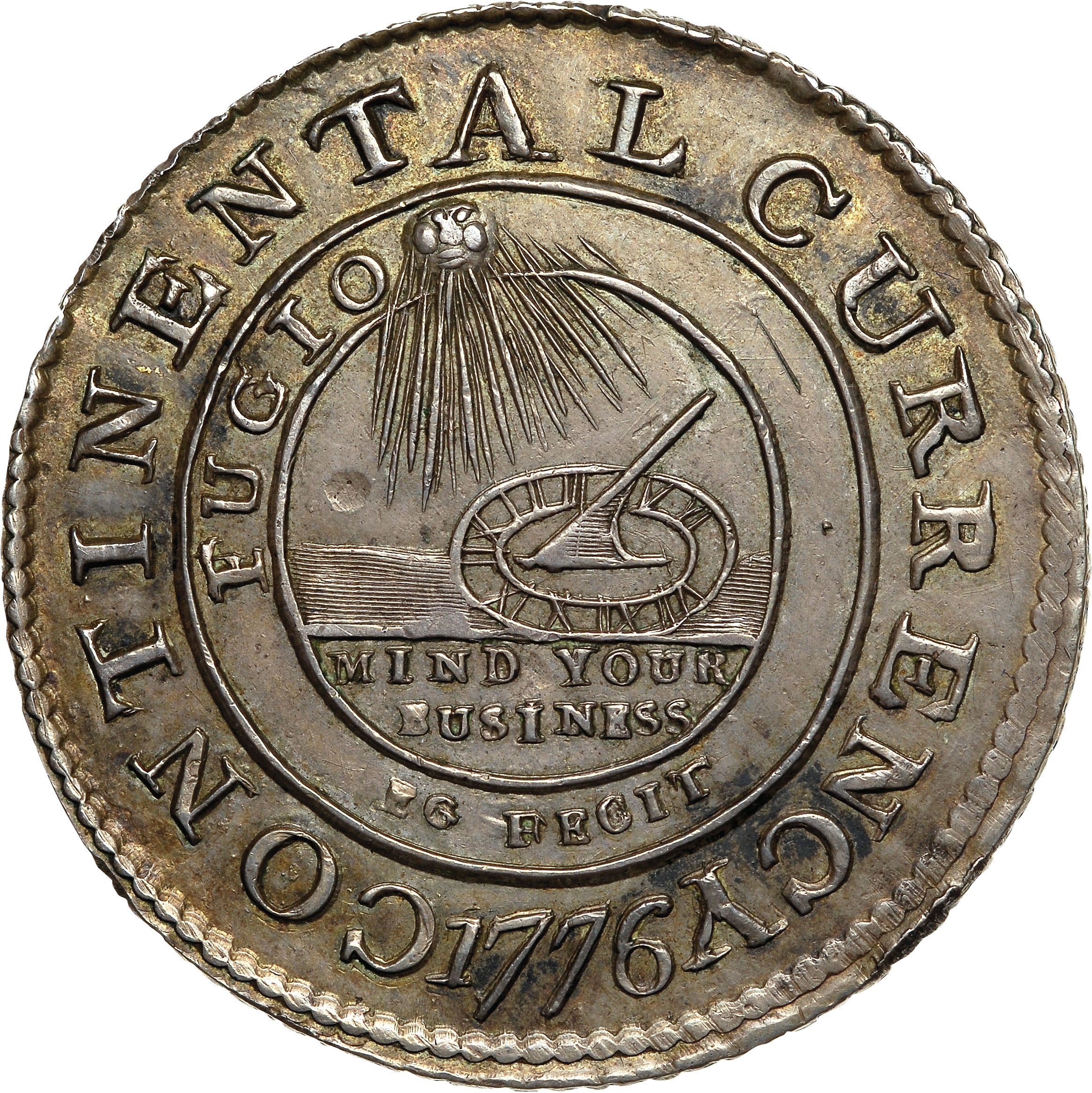

The amount of silver used to produce the coin made it too valuable to use in everyday transactions.ĥ. The coin was likely used primarily as a commemorative piece. The back of the coin shows two eagles standing over the body of a hare. The sky is represented by an eagle and the sea below is represented by a crab. The front is a depiction of the sun god Helio traveling in his chariot. The coin was likely issued to honor the winner of an Olympic chariot race in 411 BC. These cities were among the earliest to begin minting silver coins. It is one of the great coins issued during the 5th century on the island of Sicily. Fewer than ten are known to have survived from antiquity.

The Akragas Decadrachm is one of the rarest ancient coins. The Akragas Decadrachm, 411 BC Akragas Decadrachm, 411 BC, via the British Museum, London Nike appears flying above the quadriga.Ĥ. The quadriga represented the four tyrants of Syracuse. It features the water nymph Arethusa surrounded by four dolphins on the front and a quadriga (four-horse chariot) on the back. The ancient coin pictured above is attributed to him. Among the most famous engravers of Syracuse was Kimon. The city of Syracuse was one of the most powerful cities in Magna Graecia. Included in this group of ancient coins are the Kimon Decadrachm, the Arethusa Facing Head Tetradrachm, the Syracuse Demaraeteion Decadrachm, and the Euainetos Decadrachm. The decadrachms of Syracuse are considered among the finest examples of numismatic art from antiquity. The next three coins on our list all come from the island of Sicily during this period. The various cities of the island competed to produce the highest-quality silver coins. The art of engraving ancient coins reached its highest standard during the 5th century on the island of Sicily. The Decadrachms Of Syracuse, 400-390 BC Syracuse Decadrachm, 400-390 BC, via the British Museum, London Most Athenians never came into contact with the coin and it ceased being minted during the time of Pericles.ģ. The coin was so valuable that it mainly circulated among the wealthy. The silver for this coin likely came from the silver mines outside the city of Athens. The back depicts an owl, the symbol of Athena. The front depicts Athena, the city god of Athens. The Athenian Decadrachm was struck in commemoration of this victory over the Persians. They achieved this victory sometime between 469 and 465 BC.
American coins names free#
Without these victories, the history of western civilization would look very different today.Īthens joined an alliance of free Greeks who strove to free any Greek cities still under Persian rule. These victories pushed the Persians out of Greece and back into Asia minor. Decisive battles included the famous Battle of Thermopylae, the Battle of Marathon, and the Battle of Plataea. The Greeks had spent the last 40 or so years fighting off invading Persian armies. This important ancient coin was minted against the backdrop of war. The Athens Decadrachm, 460-430 BC Athens Decadrachm, 460-30 BC, via the British Museum, London Thus, less than 100 are known to have survived, making this one of the rarest coins as well as the most significant.Ģ. The coins were recalled by Mark Antony and Octavian to be melted down for reuse. This coin was commissioned by Brutus himself in 42 BC, just months before his own suicide. Just a few months after his declaration, a group of senators, including Marcus Junius Brutus and Gaius Cassius, carried out their conspiracy to assassinate Caesar. Many senators feared his absolute power and what it would mean for the Roman Republic. In 44 BC, Julius Caesar declared himself dictator for life.

The cap and daggers showed that Brutus and Cassius liberated the Republic from a dictator. The pileus was a cap traditionally given to slaves when they were given their freedom. One dagger represented Brutus and the other represented his co-conspirator, Cassius. These daggers were known as pugio and were likely the weapons used for the assassination. The coin features a portrait of Brutus on the front (obverse) and a pileus (cap of liberty) flanked by two daggers on the back (reverse). This ancient coin marks one of the most significant events in western history- the assassination of Julius Caesar. The Most Important Ancient Coin: The Brutus “Eid Mar” Denarius, 42 BC Brutus “Eid Mar” Denarius, ca.


 0 kommentar(er)
0 kommentar(er)
